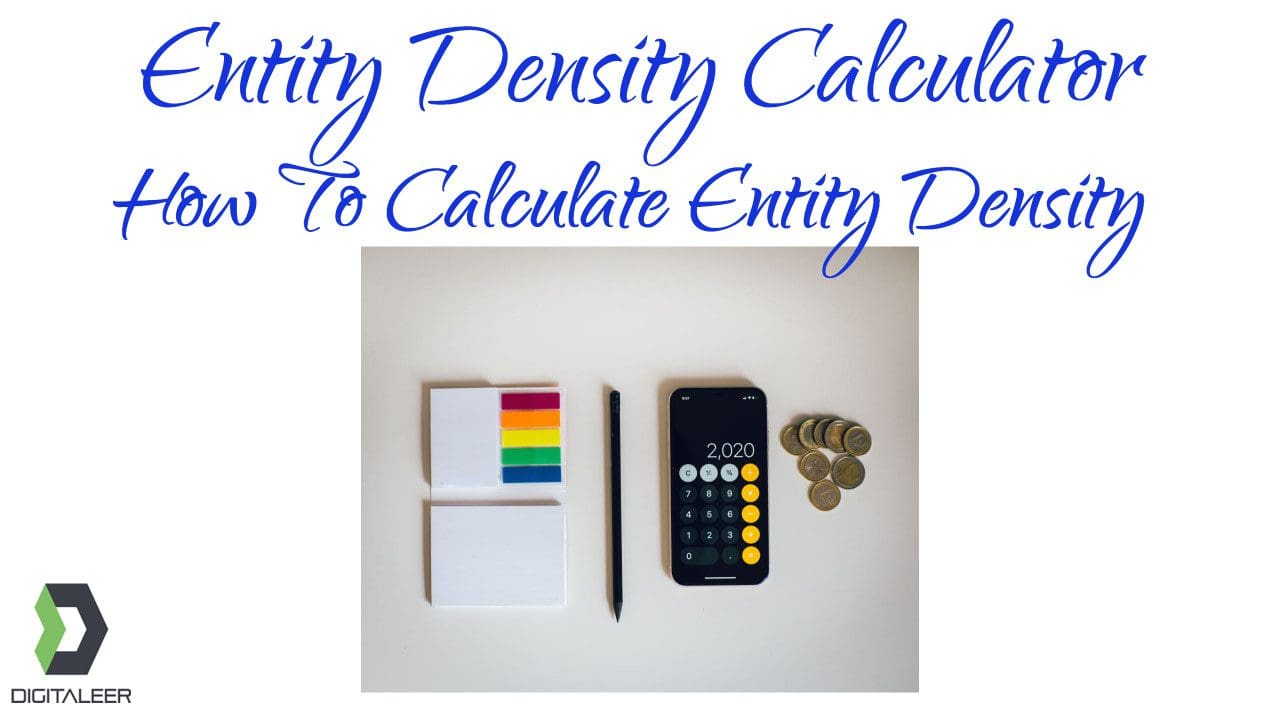Flooring Lamps vs Ceiling Lights: Which One is Best for Your Home?
When it concerns house lighting, there are many choices to select from. 2 popular choices are floor lamps and ceiling lights. While both can supply excellent lighting for your home, each has its own distinct advantages and downsides. In this article, we’ll compare floor lights and ceiling lights to help you determine which one may be best for your home. For affordable floor lamps visit -
Atmosphere
Floor lamps and ceiling lights can both add to the general atmosphere of a room, however in different methods. Flooring lights can produce a relaxing and intimate atmosphere by illuminating particular areas of a space, such as a reading nook or a conversation area. Ceiling lights, on the other hand, provide more basic lighting that can light up a whole space. If you’re wanting to develop a warm and inviting ambiance, a flooring light might be the much better choice. If you desire a bright and well-lit room, a ceiling light may be the way to go.
Functionality
Flooring lamps and ceiling lights also differ in terms of functionality. Floor lamps are portable and can be quickly moved from one room to another or repositioned within a space. They’re also excellent for including job lighting, such as reading or working on a craft. Ceiling lights, on the other hand, are fixed in place and provide a more permanent lighting option. They’re great for basic lighting and can be utilized to illuminate an entire space. If you need a lighting option that’s flexible and can be moved as required, a flooring lamp might be the much better option. If you require a more permanent lighting solution, a ceiling light may be the way to go.
Design
Both floor lights and ceiling lights can be found in a wide variety of designs to match any decoration. Nevertheless, floor lamps can be used to create a focal point in a room and add a touch of style to your area. Ceiling lights, while offered in several designs, are usually more functional in nature and are implied to offer basic lighting. If you’re aiming to include an ornamental element to a space, a flooring light might be the better choice. For affordable ceiling lights go to -
Cost
Lastly, expense is a major element to think about when selecting between floor lights and ceiling lights. Floor lights can be relatively economical, particularly if you opt for a basic design. Nevertheless, more sophisticated and decorative floor lamps can be rather expensive. Ceiling lights, on the other hand, can be more costly to set up, especially if you require to work with an electrical contractor. Nevertheless, once installed, ceiling lights generally require less upkeep and can last longer than flooring lights. For modern floor lamps also check out -
Conclusion:
When it comes to selecting between floor lamps and ceiling lights, there is no one-size-fits-all answer. Both options have their own unique benefits and downsides. Think about the atmosphere, performance, design, and expense of each option to determine which one is best for your house. Ultimately, the best lighting option is one that fulfills your specific requirements and complements your overall décor.

